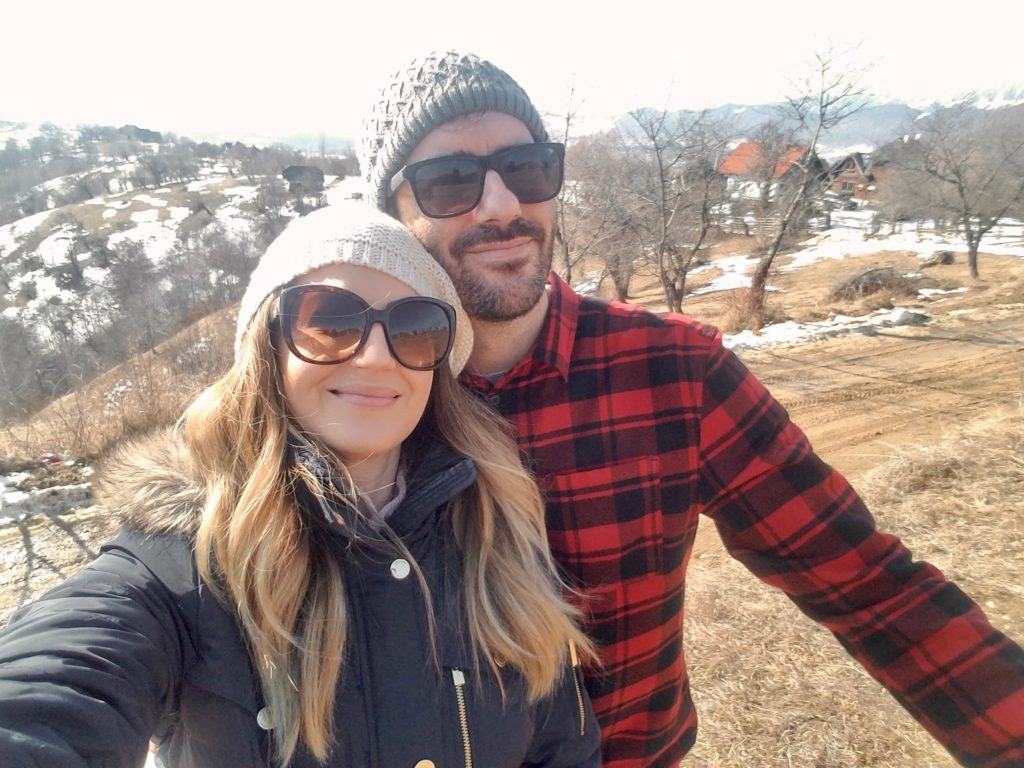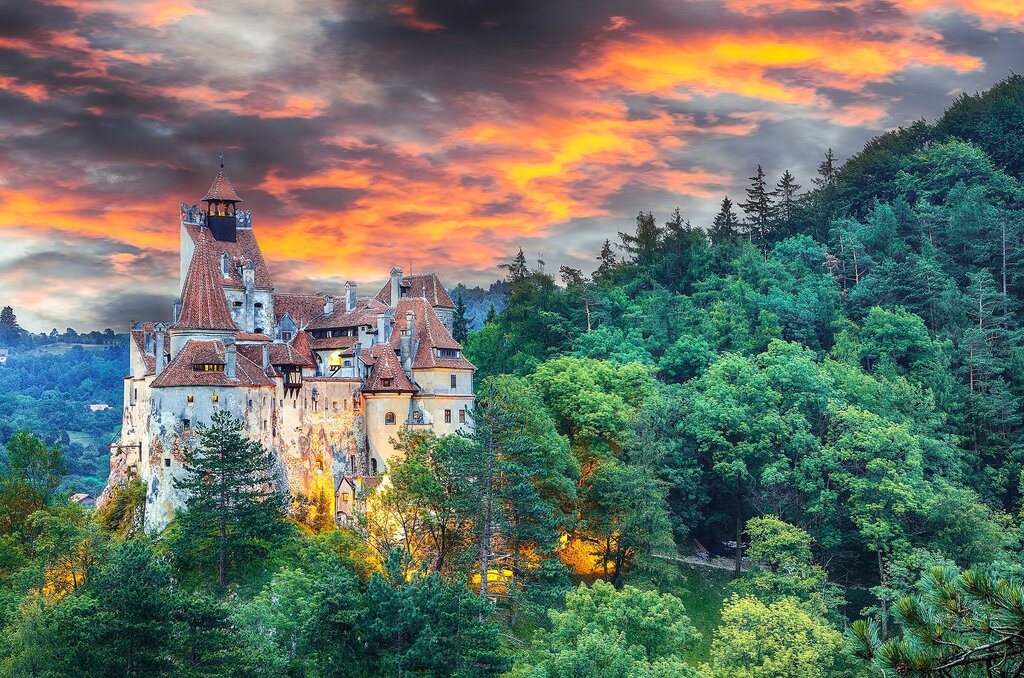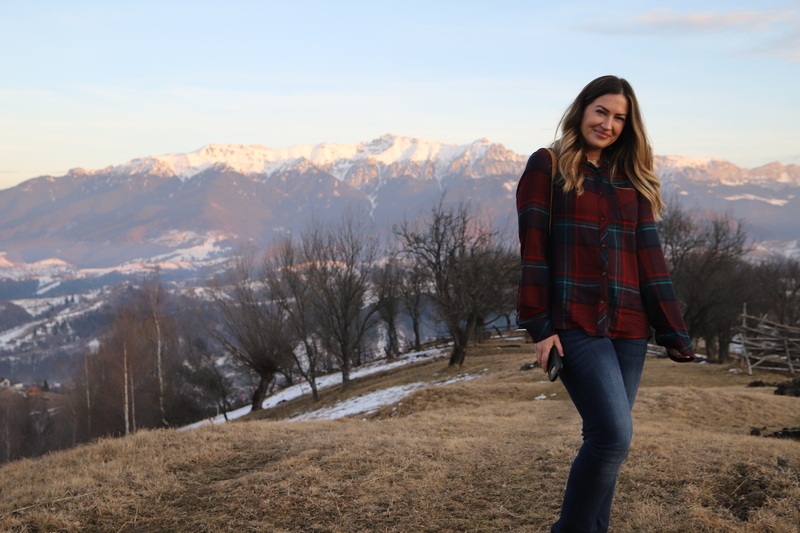
Hey everyone! My Living Abroad series, after a long hiatus, is back. Today, I’m chatting with Jennifer, an American teacher and blogger living in Romania.
Jennifer, a serial expat, has spent the past 11 years living and working on four continents, but she now calls Bucharest home. With its gorgeous countryside, low cost of living, and hearty food, she makes Romania seem like a pretty dreamy place to live. I hope you enjoy reading about her life there!
Jennifer’s background:
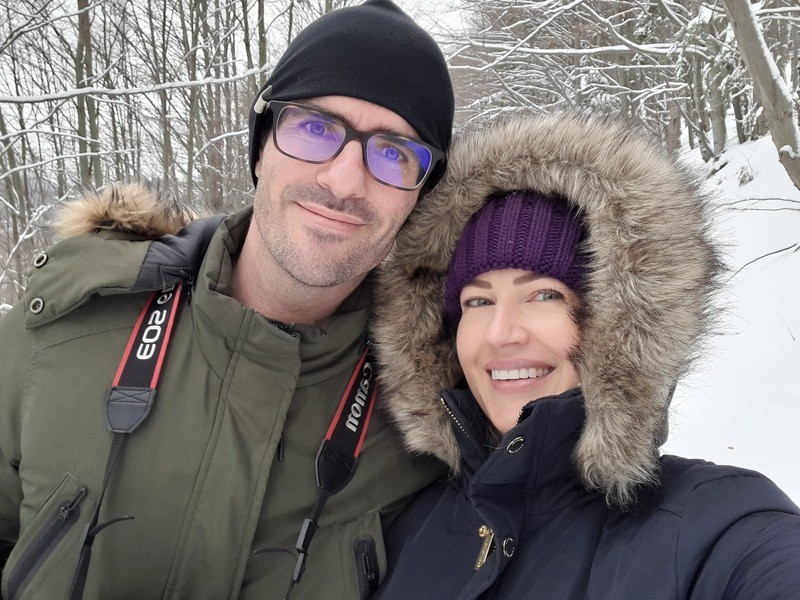
My name is Jennifer Stevens and I’m originally from a small town near Tampa, Florida. I’ve been an expat for the last 11 years, living in South Korea, Colombia, China, and now Romania. My husband Luke and I both work at the American International School of Bucharest and live in the center of town with our Shanghai street dog, Charlie.
On moving to Romania: Admittedly, I didn’t know much about Romania when my husband and I were offered teaching positions here. But we were keen to explore Europe and knew Eastern Europe would be a more affordable way to do this. Plus, when we Googled Romania, pictures of snow-capped mountains and fairytale castles filled the computer screen!

On making friends with other expats in Romania: To be honest, most of my friends are fellow teachers from school. Romania doesn’t have the same expat scene as other places I’ve lived like in Shanghai, but there is a chapter of InterNations here in Bucharest, and you can find some gatherings on Meetup.com. To make local friends, I’ve found success by talking to fellow dog owners at the parks, and taking fitness classes at gyms (that is, when they were still open).
On living in Romania during Covid-19: It’s had its ups and downs. We’ve been lucky to work at a school that has prioritized the health of its teachers and students, but teaching online has been extremely difficult. It’s now been a full year of Zoom instruction and we’re all completely burned out. Currently, Europe is in its third wave, and the new variants have hit Romania pretty hard. This means strict curfews and lockdowns in some areas (where you have to have a declaration form to leave the house). It also means that schools have to remain closed until cases get down to 6/1,000. Right now, I believe numbers are closer to 9/1,000 where my school is located.
It’s been hard not being able to go home, but Luke and I have a lot of gratitude for our situation. Romania is a beautiful country with plenty of cabin escapes in nearby mountain ranges, and the WIFI is strong. So, while we feel trapped and homesick at times, nature and the ability to quickly connect is a huge comfort.
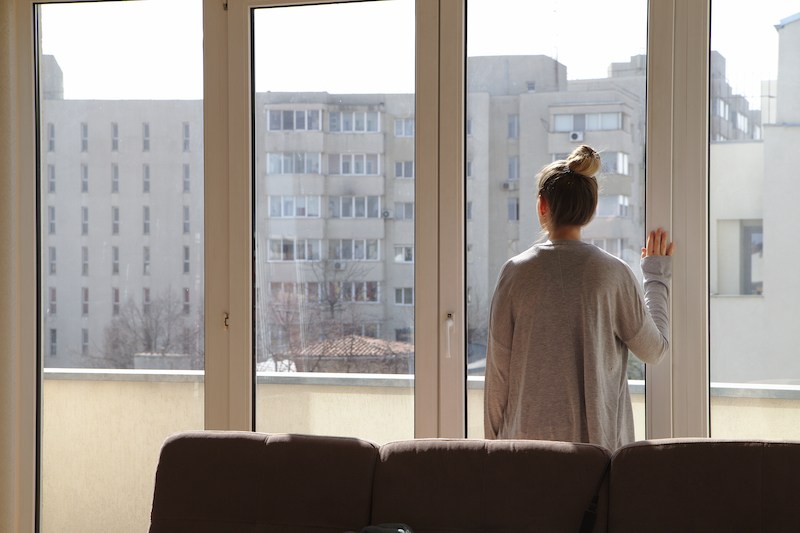
On Romanian food: Typical Romanian food is heavy and pork-forward. I love the soups here, especially the “sour” variety, which uses fermented barley or wheat bran (borș) to get its flavor. I also love the roasted eggplant dip (salata de vinete), and the summer produce is second-to-none!
A typical Romanian meal is especially perfect on a cold winter day: pork-stuffed cabbage rolls (sarmale), polenta (mămăligă) topped with a dollop of sour cream, some type of sour soup (ciorbă), possibly a side of grilled sausage (mici), and fried cheese doughnuts (papanasi) served with blueberry jam and sweet sour cream.
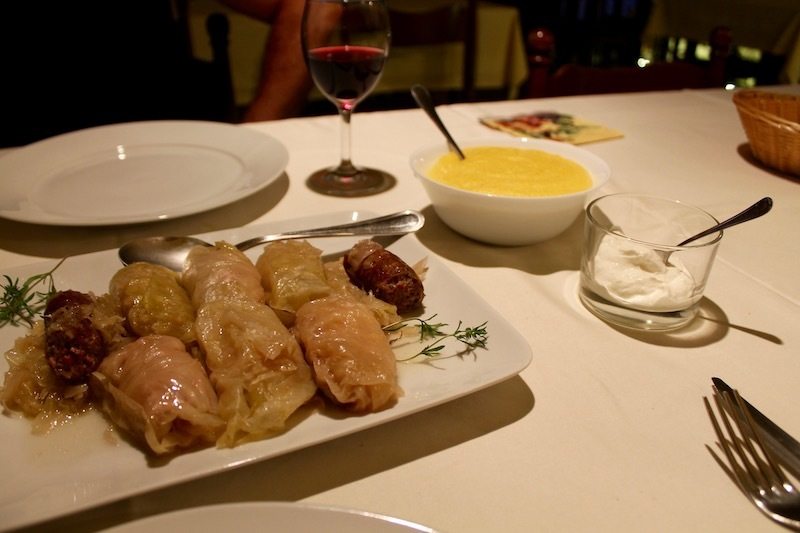
On learning Romanian: The Romanian language is beautiful, and apparently the closest living language to Vulgar Latin. Since I can speak Spanish, I thought learning Romanian would be easy, but it’s been pretty challenging. I found that when I took lessons, I was mixing up words I knew from Spanish and French.
Most people in Bucharest can speak English, so I typically greet strangers in Romanian (“Buna ziua”), then ask them if they speak English (“Vorbiți Engleza?”). More often than not, the conversation switches to English—which is great for communicating, but bad for learning the language.
On the cost of living: For the most part, Romania is a very inexpensive place to live—especially if you’re coming from the States. Depending on which city you live in and what neighborhood, expats can expect to pay less than $1,000 USD for a 2-bedroom apartment. At least in Bucharest, landlords typically advertise apartments for much more than they’re worth (for example, our 3-bdrm place in downtown Bucharest was advertised for $1,300 and we got it for $1,000). Keep in mind, you can find places much cheaper (especially in an older Communist building or outside the city), or more expensive (in a new expat complex).
For everyday items like produce, it really depends on what you’re buying. Locally grown products are very affordable, and depending on the season, you can get great deals on some of the best tasting fruits and vegetables out there. In July, for example, you can go to Obor market (one of the biggest farmers’ markets in the city) and take home a kilo of blackberries for less than $5. Imported products can be expensive, and I wouldn’t recommend ordering from websites outside the EU, as import taxes can be incredibly steep.
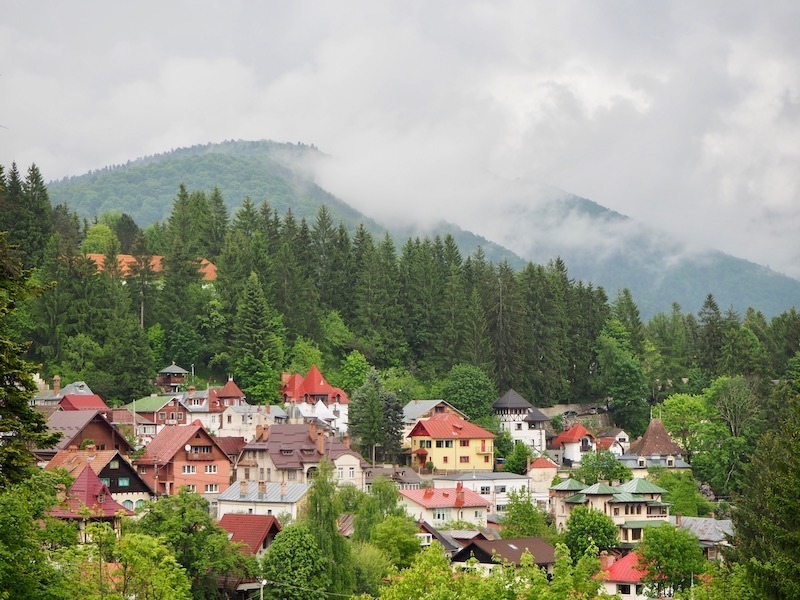
On local fashion: In Bucharest [Romania’s capital], the color black reigns supreme. I’ve actually had trouble finding clothes to my taste, and shoes in particular are tough if your feet run on the larger side (US 9 and above for women). The handmade traditional blouses are absolutely gorgeous though—typically white cotton with billowy sleeves, embroidered in a variety of colors and patterns.
On the medical system: The worst part of living in Romania is the medical system. Romania consistently ranks worst in the EU, according to the Euro Health Consumer Index, which looks at variables like accessibility, treatment outcomes, range of services, care, and pharmaceuticals. I’ve heard of many instances of bribery, and have personally experienced a misdiagnosis and the inability to find my thyroid replacement medicine (the country ran out for many months and I had to find a way to get it from the States).
READ NEXT: How to Make Friends When You Move to a New City
On missing home: I always miss my family most—especially this last year when flying home wasn’t an option. Otherwise, I miss the ease of everyday things, like being able to fully communicate at the doctor’s office, or being able to find the correct products you need to clean your house. I also miss nicely paved streets and familiar road rules.
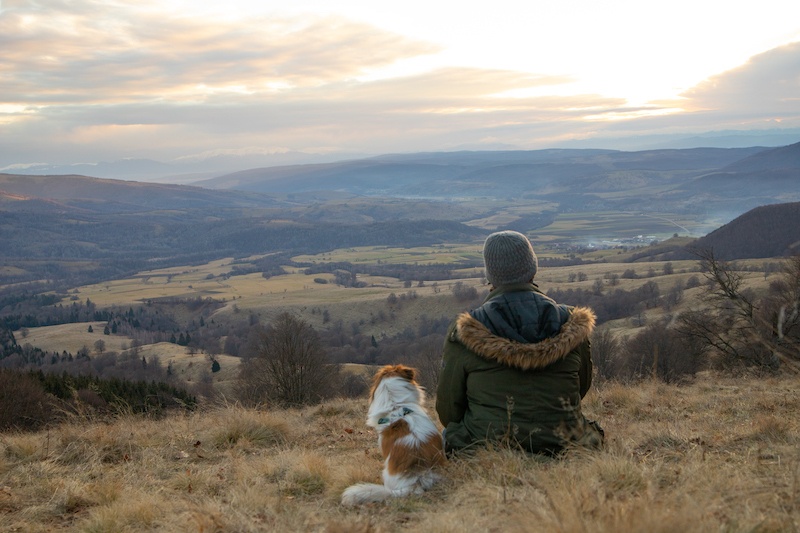
On the best part about living in Romania: It’s hard to choose just one thing, so I’ll say my top three: the gorgeous countryside, the proximity to other countries in Europe, and the low cost of living.
On living in Romania long-term: Next school year will be our last. Five years will have been the perfect amount of time to properly explore the country and to develop a true appreciation for the people and the culture. But because of my recent cancer journey, our next post will have to be somewhere with a more dependable medical system.
Mulțumesc, Jennifer!
